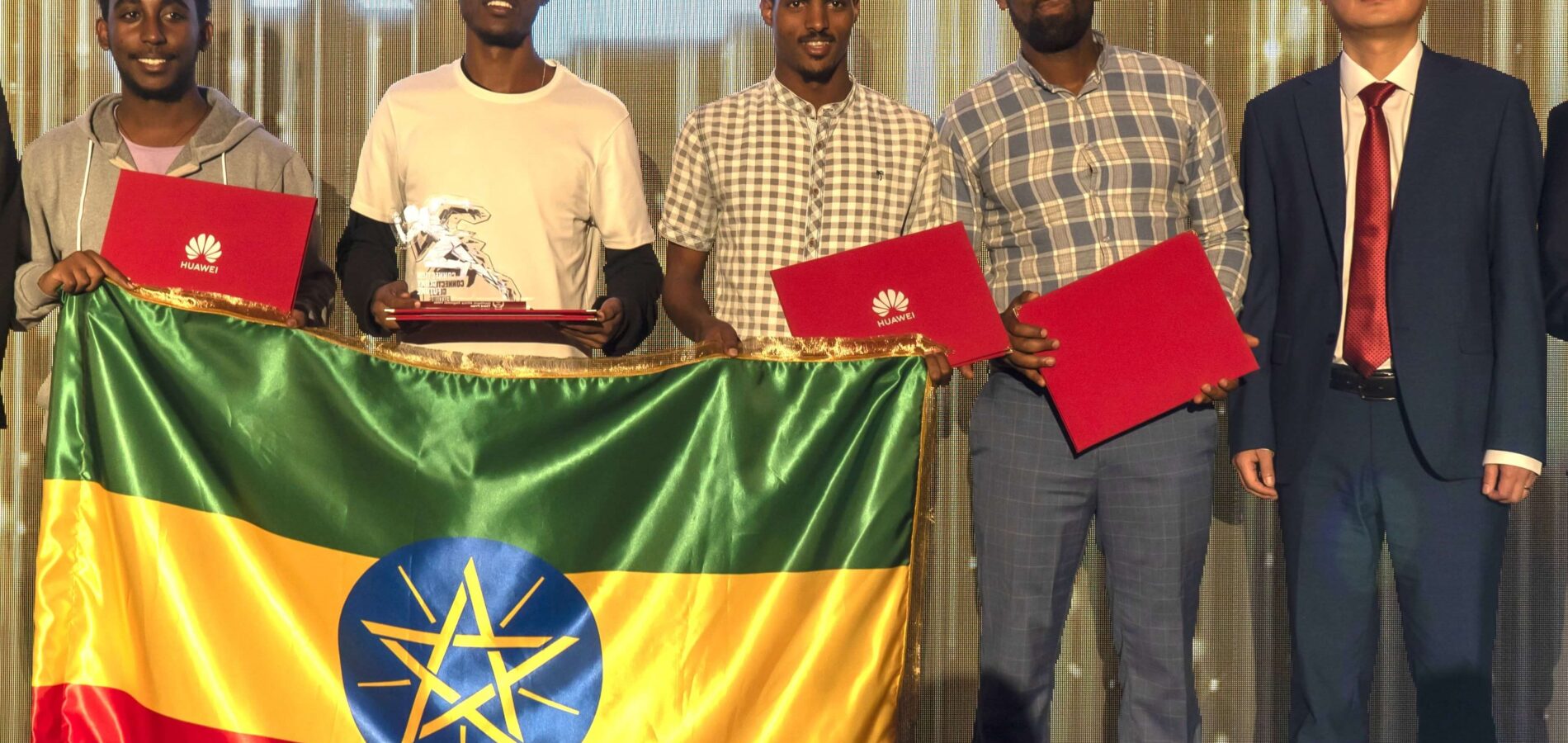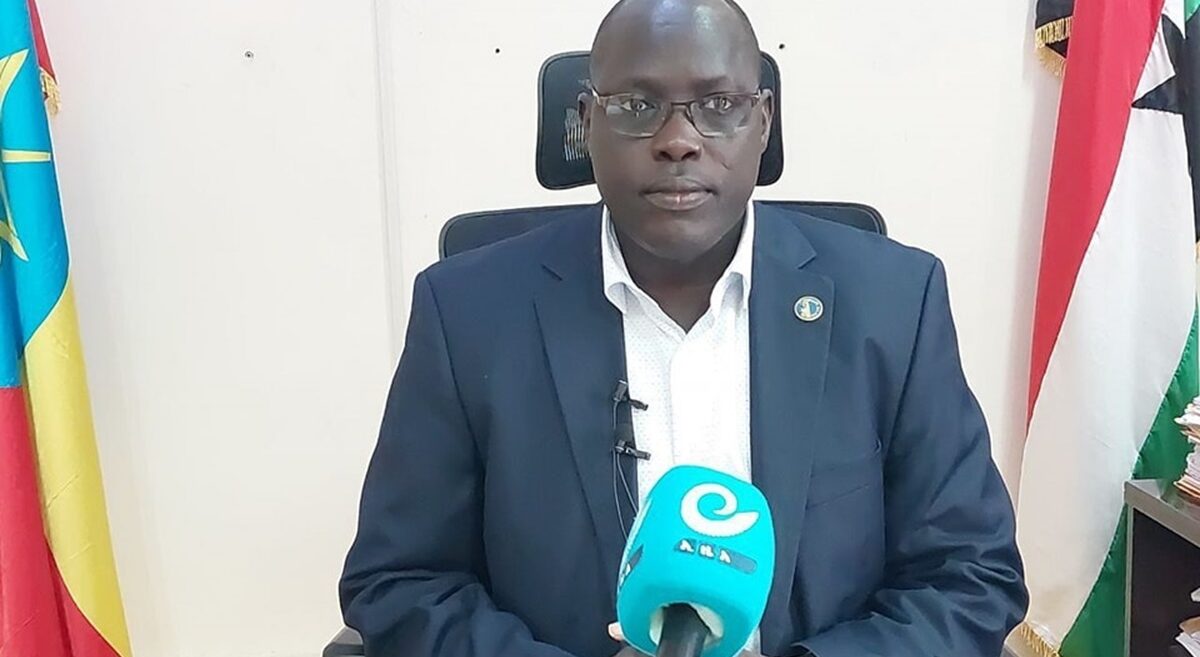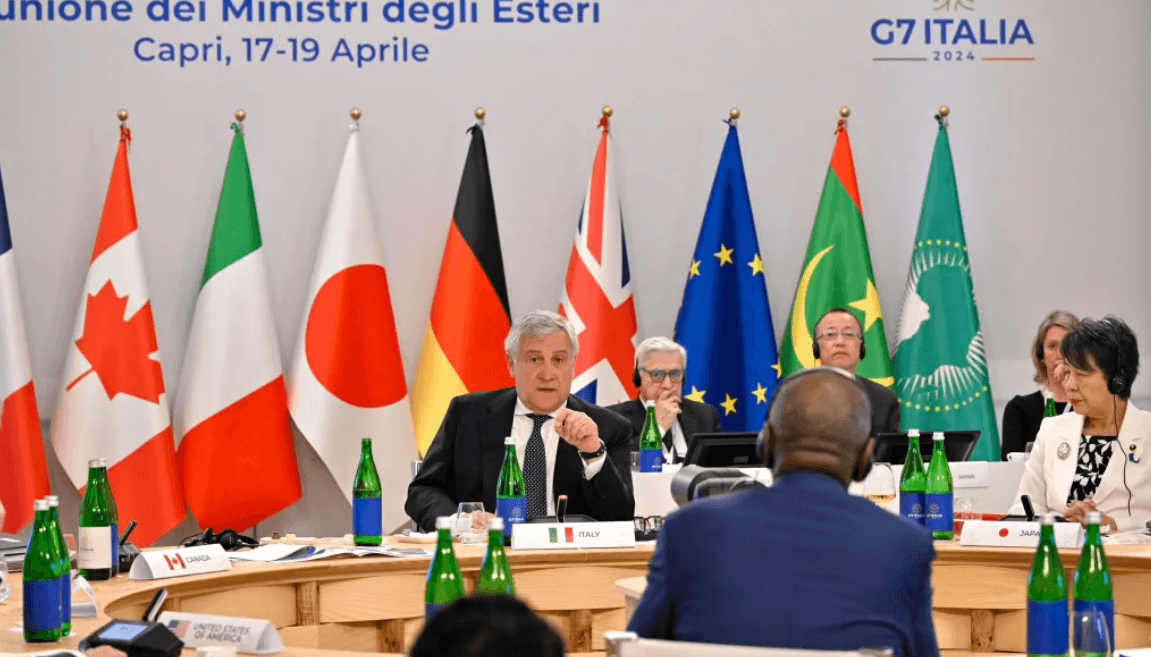Making impact investible key to removing roadblocks on the way to Middle Income
Dr Maximilian Martin, exclusive for Addis Standard
Ethiopia is part of a new set of high-opportunity countries with exceptional potential for modernization, the “EMICs” (Ethiopia, Myanmar, Iran, and Colombia). All are high-stakes countries with a history of expansion and empire, conflict, a considerable proportion of young and educated job seekers, high potential for growth and turnaround, strong foreign direct investment (FDI) and trade promotion strategies, and broad regional importance.Ethiopia’s success in modernization could have far-reaching positive geostrategic implications and further synergistic effects with development efforts in the Horn of Africa, and impact investors can contribute to make this preferred future happen.
With double-digit growth between 2004 and 2010, averaging 8.7 percent annually over the past five years mainly thanks to the expansion of agriculture and services, Ethiopia has recorded impressive economic growth rates and emerged as the “African Tiger.”Given the country’s geostrategic importance, its largely untapped reserves of coal, gold, oil, and gas, inherent richness in renewable resources, immense potential for agricultural production, a 93-million population with a young labor force, Ethiopia’s ambition to become a middle-income economy by 2025 is in principle achievable.
The country is thus pursuing an ambitious Growth and Transformation Plan that has the purpose of poverty eradication, and has started laying the corresponding building blocks, in particular the physical and institutional infrastructure to transform the economy and address the low levels of human development. This is also needed: Ethiopia’s ranking in the World Banks’ Trade Logistics Index has slipped from 104th in 2007 to 141st in 2012; 67 percent of the population lacks access to electricity; 61 percent of the population is illiterate and 37 percent undernourished, reducing the workforce by 8 percent.
Most of the economic growth of the country in the past decade has been driven by ‘big push’ public investment though, and the current opportunity for modernization can only be seized if the private sector and capital markets are developed in ways that manage to attract capital and drive wider positive impact for the country.
Transitioning from public to private funding is needed in other parts of the world as well
While the specifics differ, Ethiopia is not alone in facing the challenge how to best fund and graduate from public investment. In several G7 countries, for example, a study by Accenture and Oxford Economics projected a public services expenditure gap between expected demand for services and the ability to pay through the year 2025. The results were startling: for Canada, the gap was USD 90 billion; France, USD 100 billion; Germany, USD 80 billion; Italy, USD 30 billion; the UK, USD 170 billion; and the US, USD 940 billion. Private capital will be critical to addressing this emerging gap, and at the level of the G7, active steps are being taken to engage capital intentionally investing for both social impact and financial return.
The amounts are smaller, but capital is needed to deliver on the country’s middle-income ambitions in Ethiopia as well. One of sub-Saharan Africa’s fastest growing non-petroleum based economies over the past decade the country has one of the world’s lowest rates of GDP growth to foreign direct investment (FDI). FDI inflows to Ethiopia have kept steadily increasing, responding to long-term growth opportunities in sectors such as agriculture, infrastructure, consumer goods, manufacturing, or oil and gas.Between 2005 and 2011, FDI in Ethiopia more than doubled to USD 1.2 billion, mostly originating in India, China, Europe, the Middle East and the US, including the Ethiopian diaspora.
Does it make sense to welcome impact investment?
For the G7, the so-called market for social impact investments—defined as investments made with the intention to generate measurable social and environmental impact alongside a financial return—holds great promise as a tool to grow the economy and fund the provision of public goods. The practice of impact investing has grown into a USD 42 billion market since the inception of the foundational term “impact investment” in 2007—of which 70 percent are currently invested in emerging markets. The market is estimated to advance to USD 400-1000 billion by 2020. At a time when the reputation of mainstream finance has been called into question around the world in the aftermath of the global financial crisis, impact investing could provide a major opportunity to demonstrate a new role for finance and financial innovation to enable sustainable growth and the stewardship of society’s assets in the twenty-first century.
The fundamental impact case is sound
For Ethiopia, the question is, how can impact investing help removing the roadblocks on the way to becoming a middle income country. In terms of fundamentals, the country offers exciting opportunities for impact investors to create economic as well as social value. Its economy still dominated by agriculture, the country is looking to diversify and will need to raise the added value on its main exports while at the same time improving the performance of its transport and logistics system, as well as finding a way to further modernize and expand the industrial sector.
To locate the capital needed to develop the country, Ethiopia has been generally creating a more investment friendly environment and is opening up some sectors for investors, including agriculture and horticulture and the textiles and garment industry. The fruit of several years of efforts, with increasing investments in to the industry, the garment and textile industry is now gradually emerging as a new source of growth. For example, Swedish multinational retail-clothing firm H&M and British retailer Tesco are opening sourcing offices. Recently, the India-based Shri Vallabh Pittie (SVP) Group has started setting up a USD 550 million spinning mill in Amhara and that could employ up to 13,000 Ethiopians, targeting exports to Germany, Italy, Sweden, Turkey and the United States.
There is work ahead on improving the investment climate
Today, the overall Ethiopian investment climate is mainly limited by three bottlenecks: governmental restrictions, a fairly undeveloped banking sector and macroeconomic instability. As the World Bank and the International Monetary Fund (IMF) have recently commented on the role of the industry in Ethiopia, the country would need to adjust policies to expand the private sector in order to meet the goal of reaching middle-income status by 2025.Due to declining scores for investor protection, taxation, contract enforcement, and resolution of insolvency, the World Bank’s Doing Business report for 2013 ranked Ethiopia at 127 out of 185 countries. The process for receiving business licensing has been described as “labyrinthine” by the Economist and a potential bane for investors. While bureaucratic corruption is much less of an issue compared to many of Ethiopia’s neighbours in sub-Saharan Africa, and the regulatory system is generally fair, structural inefficiencies, state monopolies and oligopolistic wholesale sectors need to be tackled to raise foreign investment. As for the banking sector, liquidity issues have become apparent as debt sales are highly regulated and high levels of collateral are required on all loans, thus limiting access to capital for small and middle enterprises.
Several pathways to driving impact could complement each other
At the G7 level, there is consensus that different groups of investors play a role in the emerging impact investing market, ranging from philanthropic investors such as foundations, angel and venture stage investors, private and institutional investors, financial services institutions, and—importantly—government, which can provide a guiding hand. Next to large-scale projects such as the two major hydro power investments, or capital intensive projects such as the development of a high speed train to facilitate import and export, impact investors with their longer-term investment outlook and desire to achieve both financial and social returnshave the potential to play a benign role in the investment landscape. The realities of the small and medium enterprise and social business landscape in Ethiopia matter though. Besides Oliberté, which has recently opened its own ethically responsible textile and garment factory in Addis Ababa, there are still few examples of impact investments and track record is limited.Impact investors moreover need to come to terms with the perception that social enterprises present a trade-off between impact and financial sustainability.
The endgame is inclusive growth
Next to agriculture—accounting for nearly 50 percent of GDP, 85 percent of employment and most of the export earnings—, helping ensure that social and environmental performance in the emerging textile and garment industry will aim higher than in sourcing hotspots such as Bangladesh will be a key theatre to assess real progress. As Ethiopia transitions from a largely public to a more private investment strategy, government can play an important role in enabling and stimulating the impact investment market. Just like in other markets, this can take many forms, including government co-investing or sharing risk with private investors, creating investor requirements for impact investing, or even making impact investments directly in enterprises or intermediary funds. In addition, government can leverage its own procedures and expenditures to drive market development, for example through internal procurement and investment policies, or by providing resources to encourage the development and investment readiness of the social enterprise sector. If we are serious about inclusive growth, we need to use all pathways—it’s now time to make impact investible in Ethiopia.
Maximilian Martin, Ph.D. is the founder and global managing director of Impact Economy, an impact investment and strategy firm based in Lausanne, Switzerland, with overseas operations in North and South America out of New York and Buenos Aires, working with professional investors and companies. Impact Economy provided the report Status of the Social Impact Market: A Primer, which was prepared to provide a shared baseline for the participants of the inaugural 2013 G8 Social Impact Investment Forum and to anchor members’ work on new market-building efforts for social impact investing.
Editor’s Note: Identified by Dr Martin, the EMICs were unveiled at the fourth edition of the Impact Economy Symposium & Retreat in Switzerland on June 13-15, 2014 where a group of key influencers, thought leaders, and practitioners from the worlds of investment, business, government, and philanthropy explored the most effective solutions, innovations, and opportunities that have surfaced in the promotion of impact.In this exclusive Addis Standard series, Impact Economy’s Dr Maximilian Martin covers content covered at the conference. Addis Standard is one of the seven global official media partners of the symposium.







